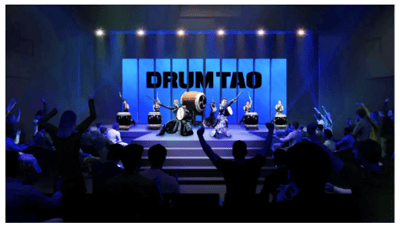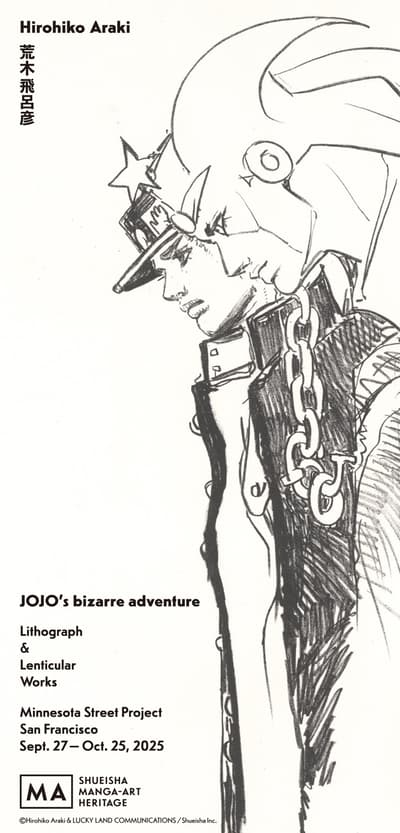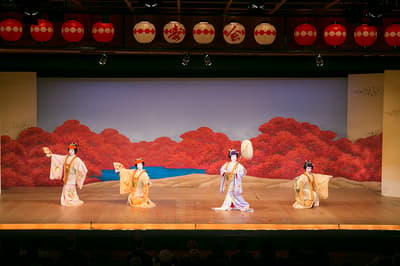An exciting PAC-MAN art exhibition is coming to Kyoto. GAAAT, an art brand specializing in the fusion of digital technology and physical art, will host "PAC-MAN BEYOND— FROM 8-BIT TO INFINITE BITE." at Gallery An from October 15th (Wednesday) to November 3rd (Monday), 2025.
Since its birth in 1980, PAC-MAN has been a beloved game character worldwide. Registered in the Guinness World Records as "the most successful arcade game machine," it has become an essential part of gaming culture. As PAC-MAN celebrates its 45th anniversary, GAAAT has planned an exhibition that reinterprets its retro and timeless appeal through unique art techniques.
The exhibition will feature original artworks created by GAAAT's art production team, who have reinterpreted and reconstructed the diverse visuals born throughout PAC-MAN's 45-year history. Special works fusing PAC-MAN with Kyoto-inspired "Japanese" elements such as 〈PAC-MAN × Mikoshi〉 and 〈PAC-MAN × Sakura〉 will also be showcased. Visitors can enjoy a one-of-a-kind art collection available only during this 45th anniversary milestone.
PAC-MAN BEYOND— FROM 8-BIT TO INFINITE BITE.
Exhibition Period: October 15th (Wednesday) – November 3rd (Monday), 2025
Opening Hours: 11:00 AM – 6:00 PM daily
Venue: Gallery An
京都府京都市下京区高辻通り麩屋町西入る雁金町170 1F
Admission: Free (advance reservation required)
Reservation: Daily entry slots available
Reservation Page: https://gallery.gaaat.com/pages/pacman
Visitors who make advance reservations will receive a sticker featuring designs from the artworks on sale at the exhibition. Five different sticker designs are available. Reservations are free, so visitors are encouraged to book in advance.
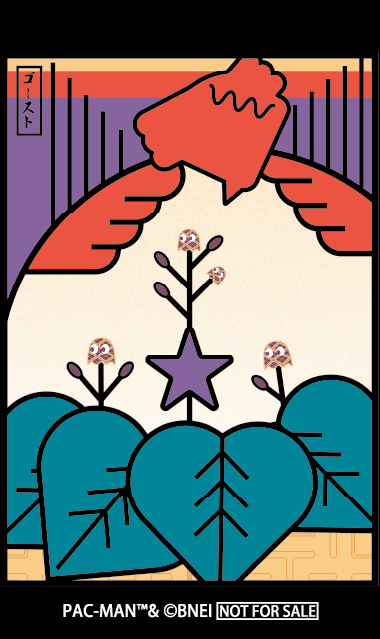
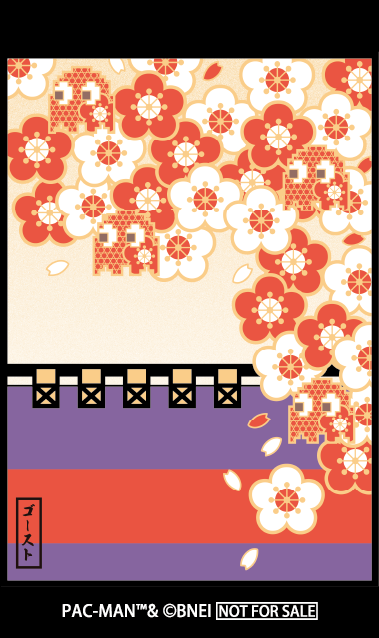
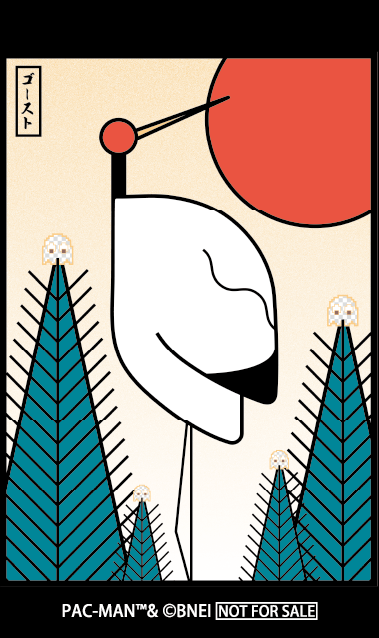
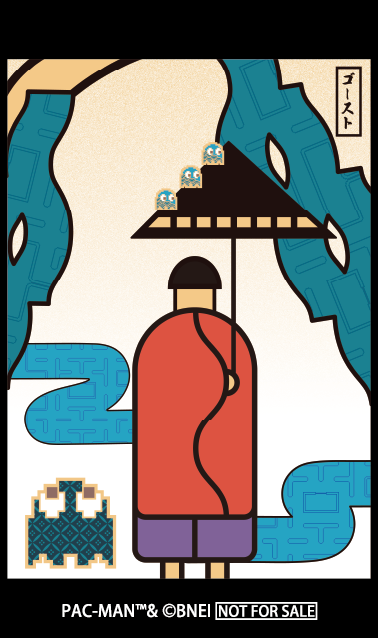
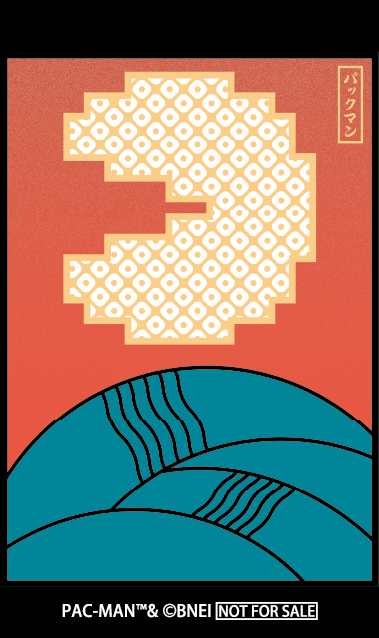
*Gifts are limited to one sticker per person per visit
*Sticker designs cannot be selected
*Distribution will end once supplies run out
*Reservation form available at https://gallery.gaaat.com/pages/pacman
To commemorate PAC-MAN's 45th anniversary, the exhibition will sell not only artworks but also original merchandise. Items include badges featuring the same designs as the art pieces, canvas tote bags showcasing PAC-MAN silhouettes, and various other original goods beyond those shown here.
Featured Artworks
This marks GAAAT's first PAC-MAN art exhibition in Kyoto. To celebrate, the exhibition will showcase works inspired by Kyoto's Japanese aesthetic. Each piece represents the first public display of its physical form both domestically and globally during this exhibition period, with production limited to only 3-20 pieces per artwork.
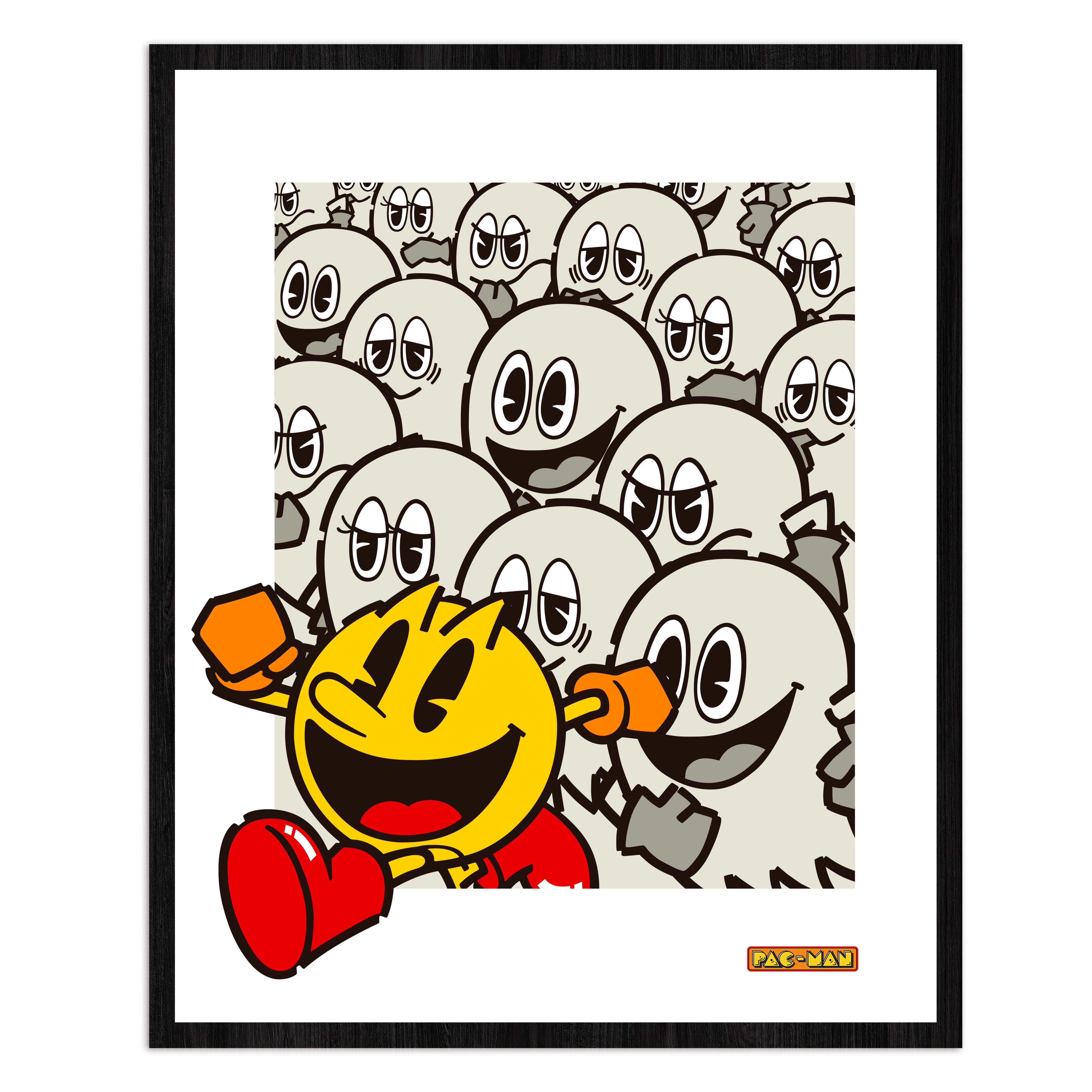
Breaking Through Boundaries
This artwork depicts the energy symbolized by PAC-MAN and the exploration of the unknown that lies ahead. PAC-MAN breaking out of the frame and moving forward appears to be carving out a new path.
The reason this icon born in the 1980s continues to radiate presence across eras and genres lies in its universal "spirit of challenge." PAC-MAN's journey, progressing without being bound by existing concepts, opens new stages one after another, reflecting the landscape shown by "advancing without setting limits."
For viewers, this artwork goes beyond mere nostalgia. Each encounter with the piece awakens the impulse hidden deep within one's heart, driving them toward new challenges. The powerful energy emitted by PAC-MAN ignites the hearts of those who view it, releasing a mysterious power that draws out the courage to take that unseen next step.
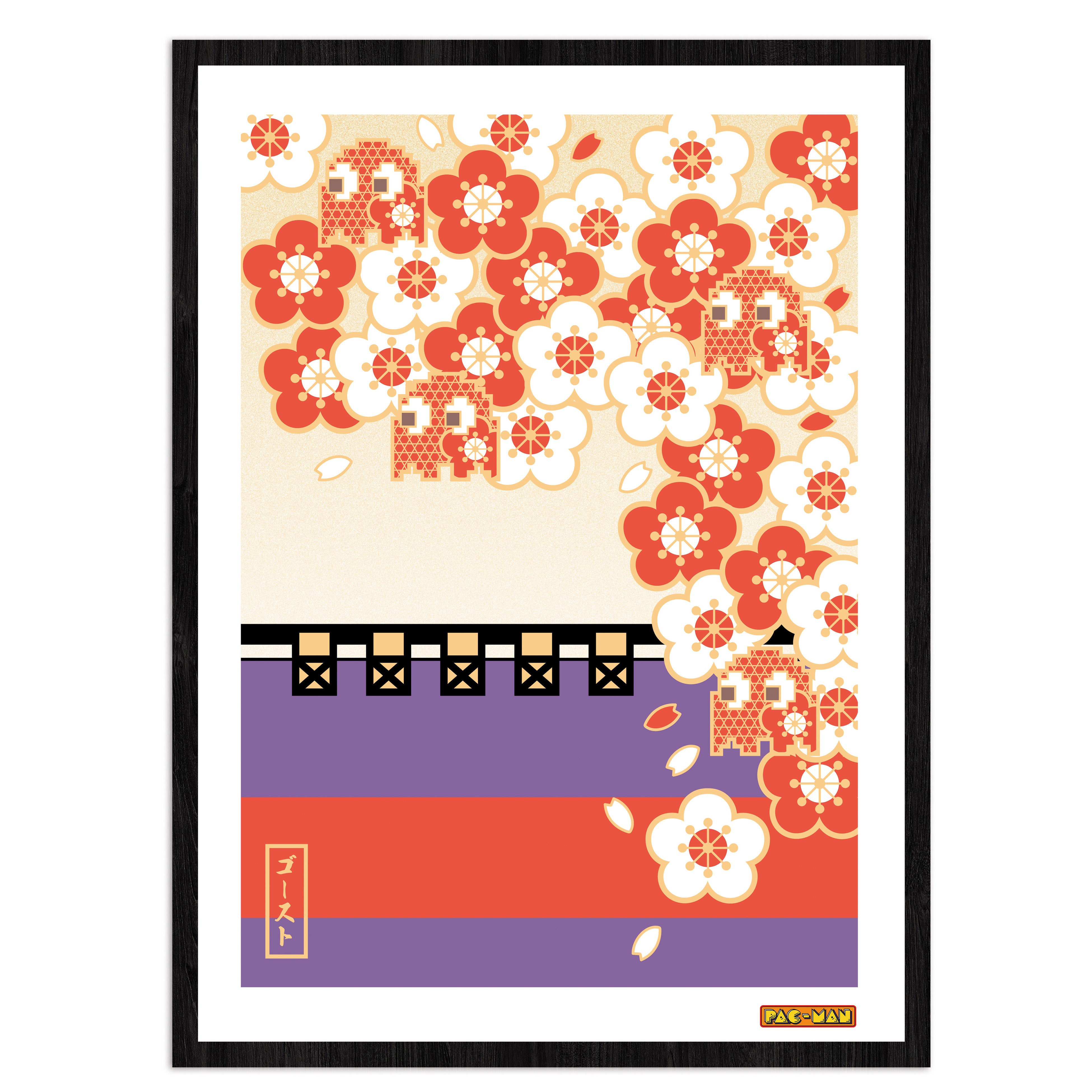
Hanafuda Light Cards
Among hanafuda cards, five cards hold the most splendor and special meaning: "Matsu ni Tsuru," "Sakura ni Maku," "Susuki ni Tsuki," "Yanagi ni Ono no Michikaze," and "Kiri ni Hō-ō." Called "Hikari-fuda" (light cards), they depict auspicious omens and historical designs, forming the highest-ranking combinations in the game. Their brilliance transcends mere cards, symbolizing condensed Japanese views of nature and aesthetics.
In this work, PAC-MAN motifs are layered onto these light cards. PAC-MAN exists on only one light card, while the ghosts are confined to cards that serve as their "Ghost House." The intersection of traditional designs and game characters creates a new expressive breadth.
As the highest-ranking cards meet PAC-MAN—both cultural icons in their own right—a landscape emerges where nostalgia and innovation coexist. What is reflected there evokes the power of "play" that continues to live on, transcending eras and formats.
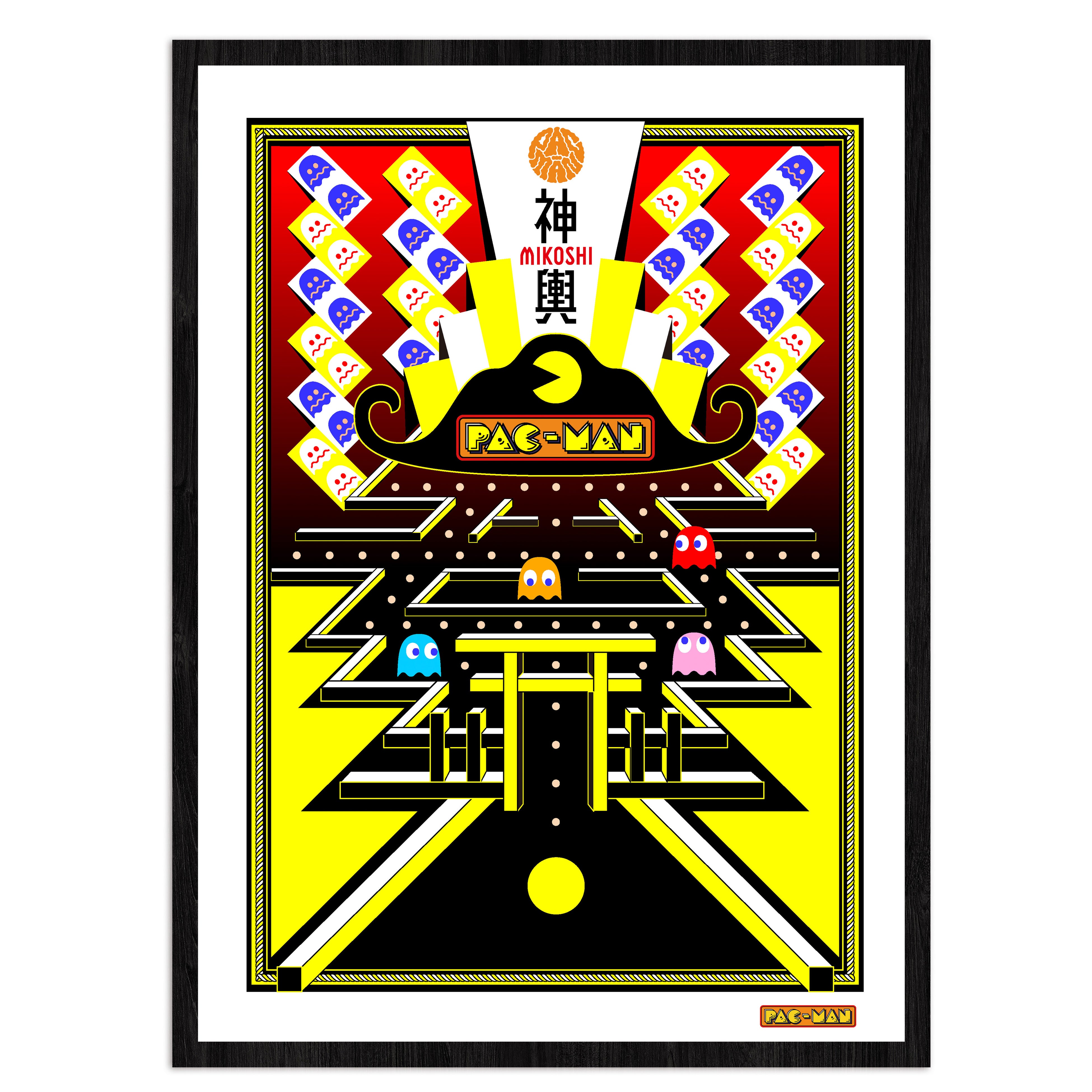
PAC-MAN MIKOSHI
What if PAC-MAN were not "just a game character" but a sacred being?
PAC-MAN MIKOSHI is a metal art piece by Japanese artist Akiyoshi Mishima, reinterpreting the globally recognized character PAC-MAN as a mikoshi (portable shrine) in Japanese festivals. It reconstructs an icon of nostalgia as a symbol of memory, prayer, and celebration, attempting to "reboot the soul" of future cities.
This artwork contrasts two aspects of urban life: the monochrome maze representing "the modern society buried in daily routines," and the vividly glowing PAC-MAN representing "a new divine body carried by data, memory, and nostalgia."
The former enemy characters, the ghosts, now appear as ancestral spirits wandering through the pixel city.
Rooted in the Japanese concept of "Hare and Ke" (extraordinary and ordinary), this work re-proposes play as ritual and festivals as resistance to isolation.
It is not merely about reviving a character but about reviving the festivity of community in the digital age.
Games become myths, and nostalgia becomes prayer.
PAC-MAN MIKOSHI asks: "Within any system, can you 'carry' your own story?"
MCA (Metal Canvas Art)
MCA (Metal Canvas Art) is a new art experience proposed by GAAAT. Handcrafted carefully by specialized artisans, metal canvas art possesses the weight and beauty unique to metal materials while providing an immersive experience where the artwork's three-dimensionality stands out. Additionally, it features excellent durability, being resistant to sunlight and humidity, allowing you to enjoy its beauty for a long time.
Exceptional Expressiveness Through Proprietary Technology
Using special data design technology that divides digital data into 32 layers, delicate expressions of unevenness and color have been achieved.
This allows viewers to experience depth of texture and three-dimensionality not found in conventional artworks.
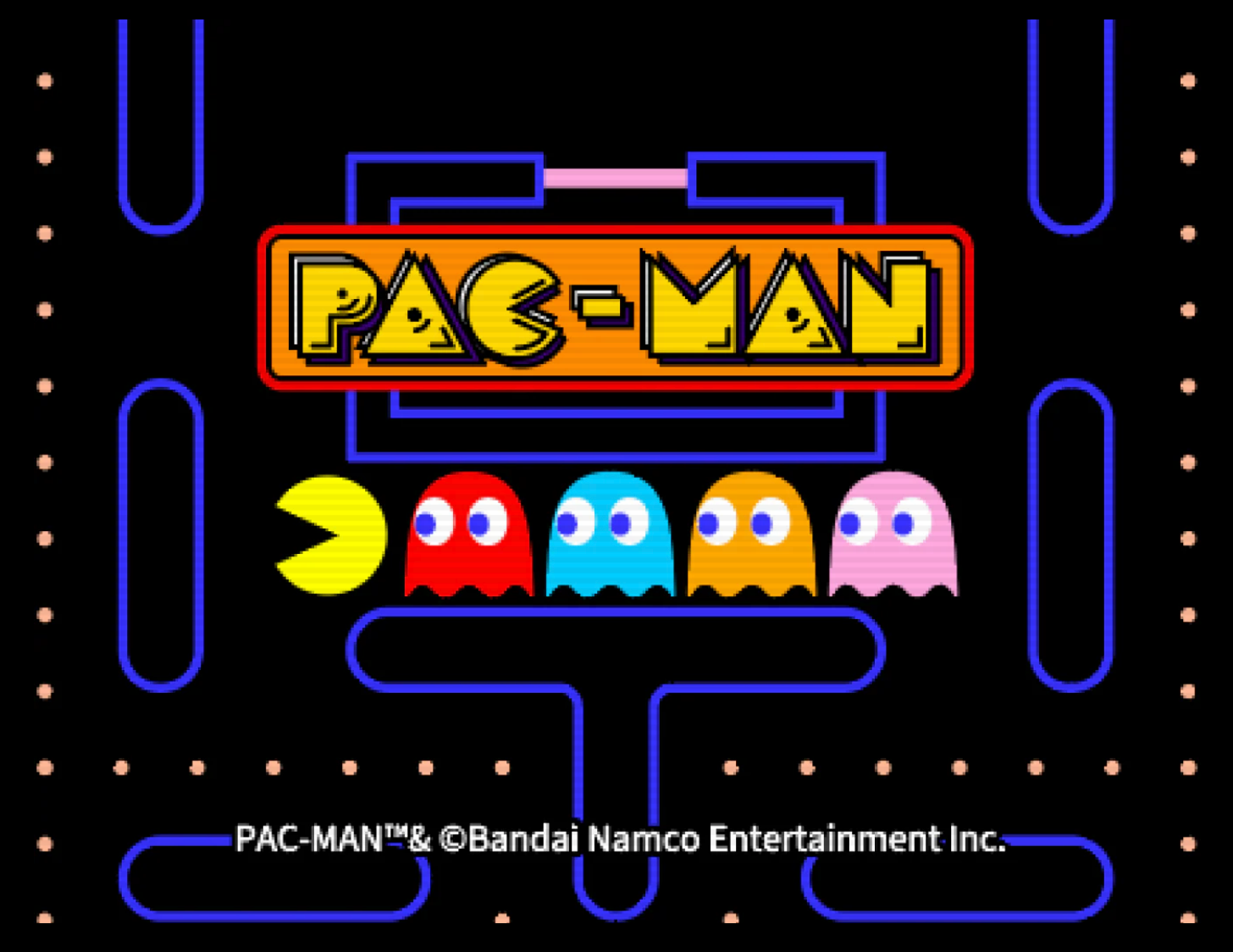
About PAC-MAN
Born in 1980 as an arcade game, PAC-MAN is a character beloved worldwide, created from the desire to "make a game that everyone can enjoy."
Players control the yellow, round PAC-MAN, aiming to eat all the cookies (dots) lined up in the maze. The game's appeal lies in the tension of being chased by four monsters and the exhilaration of turning the tables by consuming Power Cookies, allowing players to chase the monsters back for high scores.
Recognized by the Guinness World Records as "the most successful arcade game machine," PAC-MAN has grown into a global game character. Particularly in America, it sparked a social phenomenon called "PAC-MAN Fever," expanding into a major boom across diverse media including animation, music, and merchandise.
Now celebrating its 45th anniversary since birth, PAC-MAN continues to transcend the boundaries of gaming, evolving as an icon of pop culture by fusing with diverse cultures including television, music, and fashion.
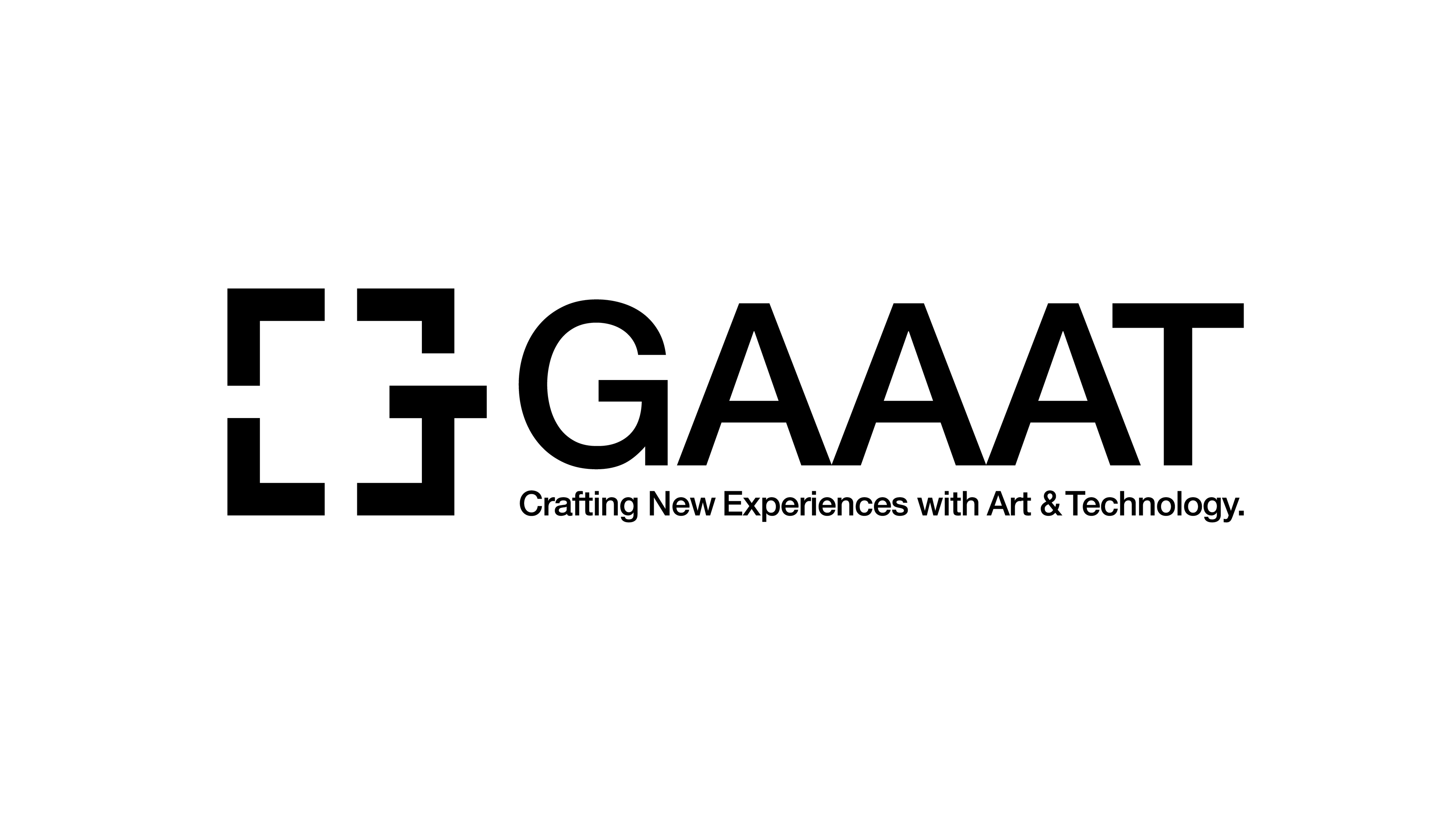
About GAAAT
GAAAT is an art brand that creates new experiential value by crossing two-dimensional digital and three-dimensional physical realms through proprietary technology and creativity. The brand creates new art experiences through collaboration with various stakeholders including artists, illustrators, IP content holders, and apparel brands. GAAAT has held exhibitions in locations worldwide, including Singapore, Dubai, and the United States.
Website: https://gaaat.com/
GAAAT Gallery (EC): https://gallery.gaaat.com/
Instagram: https://instagram.com/gaaat_art/
X (Twitter): https://x.com/gaaat_art
PAC-MAN™&©️Bandai Namco Entertainment Inc.

